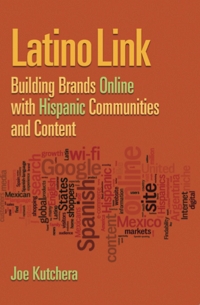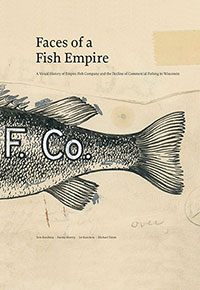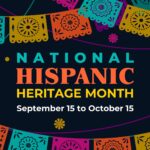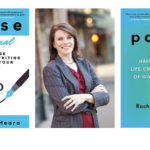This article first appeared on MediaPost and is a preview of my forthcoming book Latino Link: Building brands online with Hispanic communities and content.
Imagine moving to China for a career opportunity and taking your first trip to the grocery store to buy food. What do these packages say? How can I find the ingredients that I want to make the food that I know? Which brand is best? The bottom line: what do you recognize in the store? Nothing! It’s all in Chinese.
Ursula Mejia-Melgar, the multicultural marketing manager at General Mills, makes that analogy when she describes what her target audience—Spanish-dominant Latina moms—experiences when they go to the store for the first time in the United States. They move to the U.S. for a better life and look for tools to educate themselves about how to manage their new lives here. Que Rica Vida, General Mills’ Spanish-language website, aims to serve its audience as a trusted friend and resource by providing culturally relevant content that can help moms adjust to their new lives in America. The site aims to empower Latina moms by providing them with information about raising their children, tending to their illnesses and preventing them, making sure they don’t fall behind in school and cooking for their families. The section on recipes and ingredients provides tips and tools about how to be a better shopper. General Mills works with content partners like Dr. Aliza, who offer health advice to consumers who visit the site. General Mills produces content in Spanish because Spanish-dominant Latina moms have different needs, wants, desires, and family values, and a company’s marketing materials ought to reflect that.
Other leading CPG companies, like General Mills, have launched extensive content websites in Spanish such as Comida Kraft, P&G’s Pampers Village, SC Johnson’s Right @ Home, and Unilever’s Vive Mejor. Instead of featuring hard sales pitches, the websites feature helpful, culturally relevant content. They use their websites as focus groups in real time, using analytics tools to measure what consumers find helpful. Years ago, marketers would have never owned a TV station or newspaper. Publishing was the domain of media companies. Today, if a brand manager tells his boss, “we don’t need a website,” she or he would probably be fired.
So, what content should your brand develop and how do you test new content ideas for your web sites? What partners do you work with to test ideas first before associating them with your brand online?
Massimo Martinotti, the founder of the boutique production agency, Mia Films in Miami oftentimes beta-tests niche content ideas on his video blog, Facebook, and Twitter to see what does and doesn’t resonate with consumers in online communities. He does this in preparation for developing content ideas for his clients like Sony, Toyota, Kellogg’s, and Corona. For example, he launched a number of talk show format videos where a host and an expert discuss the “tecnicas del beso,” or the techniques of a good kiss. Within months, the community grew to over 30,000 users and today the content has become self-sustaining where users contribute subdued (not risqué) photos and videos of couples kissing. Both women and men participate and the community sure would lend itself to a marketing campaign for Doublemint or Trident gum.
Once he develops niche content ideas, he strives to tell synergic stories for marketers that cannot squeeze into a single medium but rather evolve across multiple platforms in which converging stories can live and grow. “The user’s experience unfolds across as many media as possible and every single platform makes idiosyncratic and distinctive contributions to the story,” says Martinotti. “A story will possibly start with a short webisode. However, for users to understand it, they will eventually have to follow the characters of the story on Twitter, join a group on Facebook or Flickr, visit a channel on YouTube or Vimeo, receive or send SMS texts or MMS, participate in a forum or a chat, play a game or an alternate reality game (ARG), attend an event, and so forth.”
What is your process for testing online content ideas? And who do you partner with to evaluate ideas going forward?







